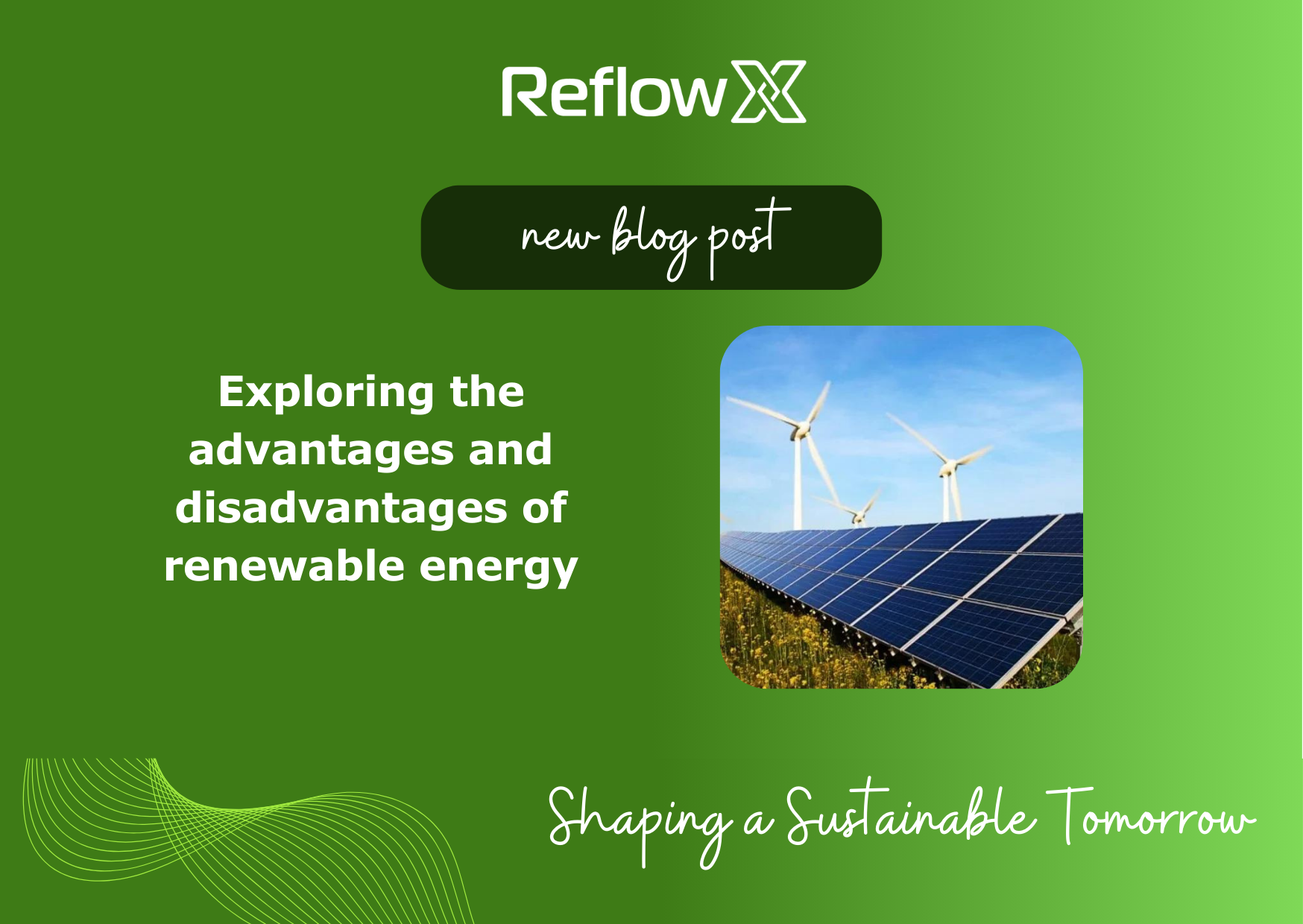
Renewable Energy: Navigating the Path to a Sustainable Future
In today’s global conversation on sustainability and environmental responsibility, renewable energy has emerged as a cornerstone solution. By harnessing natural resources such as sunlight, wind, and water, renewable energy technologies promise a cleaner, greener future. However, like any technology, they come with their own set of advantages and challenges.
Advantages of Renewable Energy
1. Environmental Benefits:
The most compelling reason to embrace renewables is their minimal impact on the environment. Unlike fossil fuels, which emit greenhouse gases and contribute to climate change, renewable energy sources produce little to no emissions during operation, significantly reducing the carbon footprint.
2. Energy Security and Independence:
Renewables diversify energy sources, reducing dependency on finite fossil fuels and enhancing energy security. This is especially crucial in geopolitically sensitive regions and during global energy crises, providing countries with greater control over their energy supply.
3. Job Creation and Economic Growth:
The renewable energy sector is a significant driver of employment worldwide. Investments in renewable technologies spur economic growth and innovation, creating new opportunities across various industries and contributing to economic resilience.
4. Cost Competitiveness:
Advances in technology have dramatically lowered the costs of renewable energy generation. Solar and wind power, for example, have reached grid parity in many regions, making them economically viable alternatives to traditional energy sources.
Disadvantages of Renewable Energy
1. Intermittency and Reliability:
One of the primary challenges of renewable energy is its intermittent nature. Solar and wind power generation depends on weather conditions, which can be unpredictable and vary seasonally. This intermittency requires reliable storage solutions to ensure a continuous power supply.
2. Initial Costs and Infrastructure:
While long-term operational costs are low, the initial investment required for renewable energy infrastructure can be substantial. This includes costs related to manufacturing, installation, and grid integration, which can be a barrier to widespread adoption.
3. Land and Resource Use:
Large-scale deployment of renewable energy infrastructure can require significant land and resource use. This may impact ecosystems and compete with other land uses such as agriculture or conservation efforts, posing challenges for sustainable development.
4. Technological Limitations:
Current renewable energy technologies face certain limitations. For instance, energy storage solutions, which are essential for grid stability, are still developing and can be costly, hindering the full potential of renewable energy deployment.
Conclusion
Renewable energy represents a pivotal shift towards sustainable development and the mitigation of climate change. While it offers numerous benefits, including environmental stewardship, energy security, and economic growth, overcoming challenges such as intermittency and high upfront costs is crucial. Continued innovation and investment are key to unlocking the full potential of renewable energy, ensuring a cleaner and more sustainable future for generations to come.
Blog Link – https://medium.com/@jamie.poole/exploring-the-advantages-and-disadvantages-of-renewable-energy-9b6e44f07857
 Prev Blog
Prev Blog